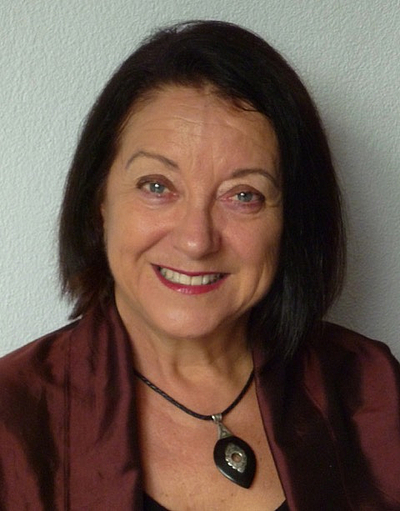RELATIONAL INTERFACES: Women in Art and Science
7. November 2017, 12.00 Uhr Interface Culture Lecture Room, Domgasse 1, 3.OG
Gastvortrag von Prof. Dr. Jill Scott im Rahmen der Interface Lectures Series
Healthy relational interfaces cause the audience to post-reflect and make tacit associations, in other words they tend to encourage lateral thinking rather than a top down approach to learning. In the conceptual art movement of the 70s, women investigated art as the main relational interface between art and life. However, since then, interactions between art and the life sciences have not only extended this interest, resulting in new poetic metaphors and the filtering of current social science discourses, but also communication with others outside one`s field of practice has been encouraged. This paper will explore how, over the last 40 years, six female artists have been inspired by their own exposure to neuroscience and environmental science. They have also learnt the disciplinary methods in actual lab environments or accompanied scientists on field trips. Why do these artists find the complex discoveries and processes in these particular fields of science so inspiring? What kinds of filtered experiences and complex debates have been important for them to produce unique relational interactive interface designs? In connection with neuroscience, I will present three artists who address body politics and the sensory system potentials of physical interfaces to highlight biomedical controversies. These artists are fascinated to understand and transfer how we think about gender identity, corporeality, and the “self”. In relation to environmental science, I will focus on three artists-activists who explore art as a public interface about energy and the environment. These artworks provide an alternative science communication channel to encourage environmental stewardship and citizen science. Here public behavior, biotechnology, nature and issues of rewilding and conservation are part of the current art and life science debate. Furthermore, in both art and science, the representation of women can be an important influence on how experimental interfaces are invented and accepted. (eg. Lynn Margulis and Rita Levi-Montalcini). This presentation is a unique study of relational interfaces and public reaction, one that lies at the creative nexus of the art/science/gender discourse.
Professor Dr. Jill Scott
is an artist, teacher and context provider with 40 years experience in the unique transdisciplinary field of art, science and technology interactions. Her research spans neuroscience, electronics, ecology, sociology, sculpture, performative installation and media art.
Her artwork is focused on the human body, the social and physical impact of technology on our bodies and the health of our environment.
She asks: How does technological and biotechnical “progress” affect way we “see” our body? How can artists raise awareness about the human body and the scientific structure of sensory perception? How can artists shed light on the health affects of our physical environment?
To address these questions, she builds interactive media installations that immerse viewers inside designed environments. She explores how visual metaphors and poetic analogies might create an alternative forms of art and science communication to help others learn more about sensory perception and reflect on their own ideological, biological, ecological, gendered and ethical futures.
Dr. Jill Scott co-directs the LASER Salon in Zurich for Leonardo Society USA.
She is professor emerita at the Institute for Cultural Studies in the Arts, at the Zurich University of the Arts (ZhdK) in Zürich and founded their Artists-in-Labs Program in 2000.
She was the Vice Director of the Z-Node program- Planetary Collegium with 16 PhD graduates in clusters of art and science at the University of Plymouth, UK (2000 to 2016).
Since has been an artist since 1975 and since 2000, she has focused on creative media art experiments about neuroscience, ecology and sensory perception resulting in a series called Neuromedia.
Her most recent publications include: Artists-in-labs: Recomposing Art and Science (eds:Hediger, Scott 2016) and Transdiscourse 2 Turbulence and Reconstruction (ed:Scott 2015) both with de Gruyter press. Other publications include: Neuromedia: Art and Science Research (eds: Stöckli, Scott 2012), The Transdiscourse book series: Volume 1: Mediated Environments, (eds:Gleiniger, Hillbeck, Scott 2011), Artists-in-labs: Networking in the Margins, (ed:Scott 2011) and Artists-in-labs: Processes of Inquiry (ed:Scott 2006). All with Springer Press.
She has served on many boards and juries including Sitemapping (BAK Switzerland) ISEA international and the Australian Research Council and received international grants and prices for her media artworks.
www.jillscott.org Artistic Research
www.artistsinlabs.ch The Artists-in Labs Residency Program
www.laserzuirch.com The Zurich Leonardo Art and Science Salon
www.z-node.net The PhD Program in cooperation with the University of Plymouth

